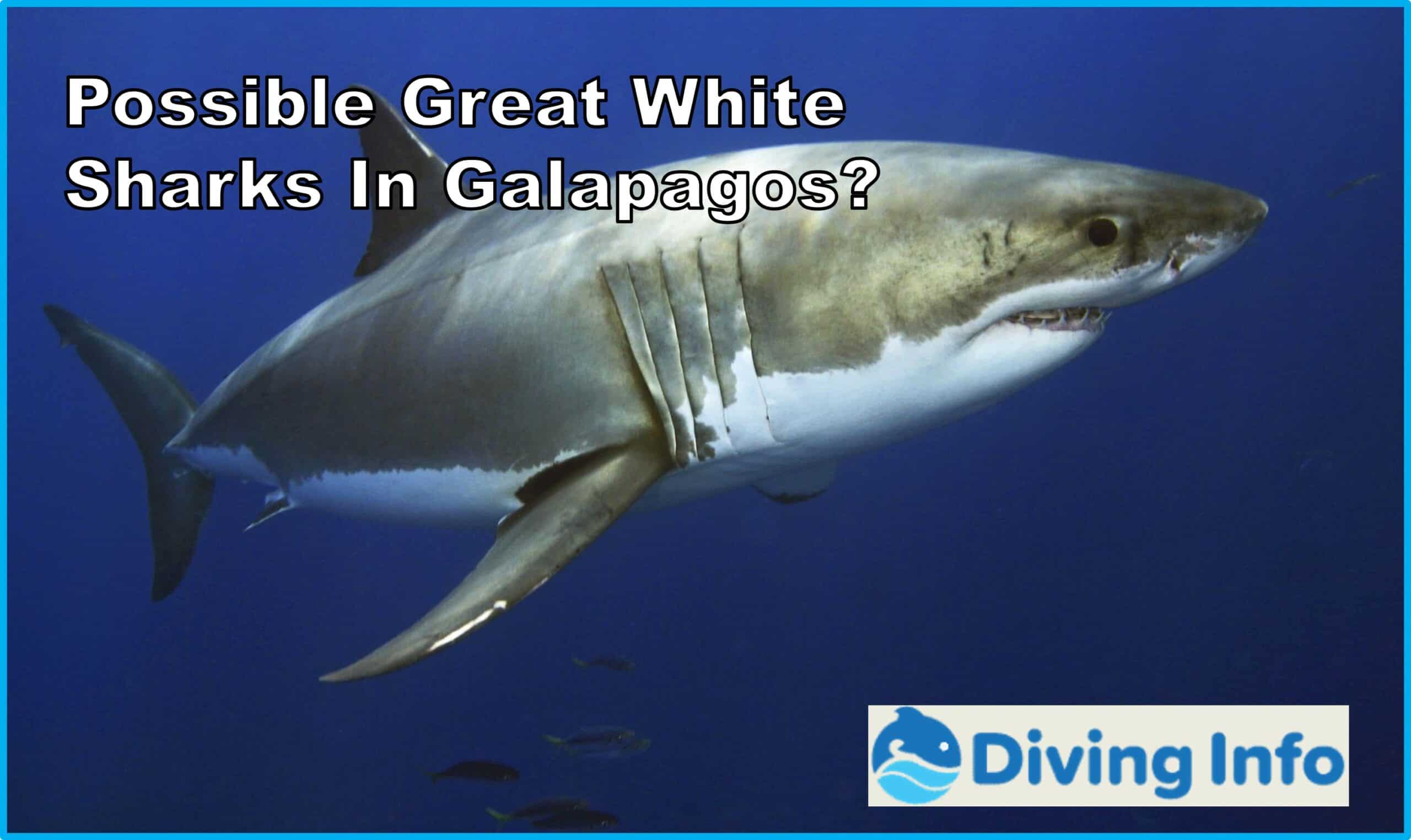*This post may contain affiliate links. As an Amazon Associate we earn from qualifying purchases.
Have you ever wondered if great white sharks can be found in the Galapagos Islands? Despite the islands’ reputation for unique wildlife and popular scuba diving destinations, the presence of great white sharks in the area remains uncertain.
However, with their preference for water temperatures within the range found in the Galapagos during certain months, and the presence of seals as a potential food source, it’s possible that great white sharks may be near the islands at certain times of the year.
Understanding the behavior and migration patterns of sharks is crucial in determining whether great white sharks can be found in the Galapagos. Additionally, examining the water temperatures in the area and the presence of other shark species can provide valuable insights into the possibility of great white shark sightings.
In this article, we’ll explore the evidence for and against the presence of great white sharks in the Galapagos Islands, allowing you to expand your knowledge of these fascinating creatures and potentially master the art of shark spotting.
: You may be interested in my other articles about Are there great white sharks in the Great Barrier Reef or Where is the white shark cafe.
Shark Behavior and Migration
You may be interested to know that great white sharks are known for their long-distance migration and may be present near the Galapagos Islands at certain times of the year, depending on water temperature. These sharks prefer water temperatures between 12-24°C (54-75°F) and migrate very long distances, with the longest recorded migration of any fish being over 10,000 kilometers (over 6,000 miles).
Cage diving can be done from Isla de Guadalupe, some 4,409 kilometers (2,755 miles) northwest of the Galapagos Islands, where great white shark sightings are more common. What are the threats faced by sharks worldwide?
Factors affecting great white shark migration include water temperature, availability of food, and mating patterns. The lowest average water temperature in the Galapagos Islands is in September, which is 22°C (72°F) – an ideal temperature for great white sharks. However, the months of July, August, October, and November, the average water temperature is just 23°C (73°F), so it’s entirely possible great white sharks might move into the region during these months.
Additionally, the Galapagos Islands are home to sealions, which make up a significant portion of the great white shark’s diet, making it a potential food source for the sharks.
Explore the ocean’s depths and cage-dive among sharks.
Water Temperatures in the Galapagos
If you’re planning to scuba dive in the Galapagos Islands, it’s important to note that the water temperature can drop to as low as 22°C in September, which may attract certain types of sharks. The months of July, August, October, and November also have temperatures within the preferred range of great white sharks, which is between 12-24°C. It’s possible that great white sharks may move into the region during these months, although there have been no recorded ‘pings’ near the Galapagos Islands as far as can be made out.
To better understand the temperature changes in the Galapagos Islands, let’s take a look at the following table:
| Month | Average Water Temperature (°C) |
| June | 24 |
| July | 23 |
| August | 23 |
| September | 22 |
| October | 23 |
| November | 23 |
| December | 24 |
As demonstrated in the table, the lowest average water temperature in the Galapagos Islands is in September, which is 22°C, an ideal temperature for great white sharks. However, it’s important to note that the Galapagos Islands are home to a large sealion population, which may also attract other types of sharks, such as the Galapagos shark. While any large shark has the potential to be dangerous to humans, the Galapagos shark is generally not considered a threat to scuba divers, although it is known to be persistent and inquisitive.
Other Shark Species Present
Hammerhead sharks, Galapagos sharks, and whale sharks are present in the Galapagos Islands, but it’s not certain if there are any other species of sharks.
The Galapagos shark is a very inquisitive and persistent shark and is potentially dangerous to humans, although it rarely attacks humans. Interestingly, the Galapagos shark’s feeding habits include a varied diet of fish, squid, octopuses, and crustaceans.
Shark diversity in the Galapagos Islands is quite rich, with over 30 shark species recorded. These include the silky shark, the blacktip shark, and the whitetip reef shark.
The hammerhead shark is particularly abundant in the region, and its feeding habits include consuming fish, squid, and crustaceans.
However, despite the presence of other shark species in the Galapagos, it’s still unclear if great white sharks are present in these waters. More research is needed to confirm their presence and movements, and to understand their feeding habits in the region.

